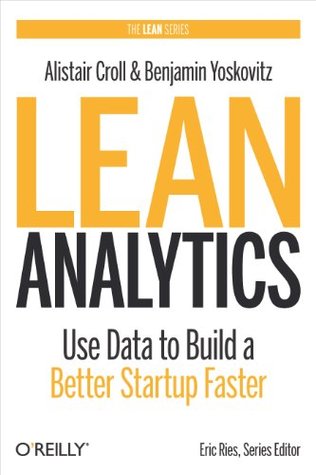More on this book
Community
Kindle Notes & Highlights
Read between
August 12 - August 21, 2022
Set the problem context by telling a story. Connect with the subject by walking her through how you identified the problems you’re hoping to solve, and why you think these problems matter. If you’re scratching your own itch, this will be a lot easier. If you don’t understand the problems clearly, or you don’t have good hypotheses for the problems you’re looking to solve, it’s going to show at this point.
Test the problem by getting the subject to rank the problems. Restate the problems you’ve described and ask the subject to rank them in order of importance. Don’t dig too deeply, but make sure to ask her if th...
This highlight has been truncated due to consecutive passage length restrictions.
not. Ultimately, the One Metric That Matters here is pain — specifically, your interviewees’ pain as it pertains to the problems you’ve shared with them. So how can you measure pain?
5. Did the interviewee offer to refer others to you for interviews?
If you find a problem that’s painful enough for people, the next step is to understand the market size and potential. Remember, one customer isn’t a market, and you have to be careful about solving a problem that too few people genuinely care about.
As you’re conducting problem interviews, remember to ask enough demographic-type questions to understand who the interviewees are.
The questions you’ll ask will depend a great deal on who you’re speaking to and the type of business you’re starting. If you’re going after a business market, you’ll want to know more about a person’s position in the company, buying power, budgeting, seasonal influences, and industry.
If you’re going after a consumer, you’re much more interested in lifestyle, interests, ...
This highlight has been truncated due to consecutive passage length restrictions.
Watch them explain it to their friends and see if they understand how to spread the message.
Mapping a day in the life of your customer will also reveal obvious holes in your understanding of your customer, and those are areas of risk you may want to tackle quickly.
Your job isn’t to build a product; it’s to de-risk a business model.
For starters, you need to pick the OMTM. If you don’t know what it should be, and you haven’t defined “success” for that metric, you shouldn’t be building anything.
The key is to identify the riskiest parts of your business and de-risk them through a constant cycle of testing and learning.
The most important metrics will be around engagement. Are people using the product? How are they using the product? Are they using all of the product or only pieces of it? Is their usage and behavior as expected or different?
example, look at the time between visits.
Your goal is to identify a need you can solve in a way people will pay money for at scale. Analytics is how you measure your way from your initial idea to the realization of that goal.
The focus now is squarely on retention and engagement. You can look at daily, weekly, and/or monthly active users; how long it takes someone to become inactive; how many inactive users can be reactivated when sent an email;
Did users who signed up in February stick around longer than those who joined in January?
You don’t just want signs of engagement. You want proof that your product is becoming an integral part of your users’ lives, and that it’ll be hard for them to switch.
Are people getting enough value out of it? They may like it, but if they won’t pay, click ads, or invite their friends, you may not have a business.
Iterating on your MVP is difficult, tedious work. It’s methodical. Sometimes it doesn’t feel like innovation. Iterations are evolutionary; pivots are revolutionary.
Why Will It Make Things Better?
Can You Measure the Effect of the Feature?
How Long Will the Feature Take to Build?
Will the Feature Overcomplicate Things?
How Much Risk Is There in This New Feature?
How Innovative Is the New Feature?
It’s better to make big bets, swing for the fences, try more radical experiments, and build more disruptive things, particularly since you have fewer user expectations to contend with than you will later on.
Your users are important. Their feedback is important. But relying on what they say is risky. Be careful about over-prioritizing based on user input alone. Users lie, and they don’t like hurting your feelings.
A minimum viable vision (MVV) is one that captivates. It scales. It has potential. It’s audacious and compelling. As a founder, you have to hold that huge, hairy, world-changing vision in one hand, and the practical, pragmatic, seat-of-the-pants reality in the other. The MVV you need in order to get funding demands a convincing explanation of how you can become a dominant, disruptive player in your market.
You’re building a platform.
You have recurring ways to make money.
You’ve got naturally tiered pricing.
You’re tied to a disruptive change.
Adopters automatically become advocates.
You can create a bidding war.
You’re riding an environmental change.
You’ve got a sustainable unfair advantage.
Your marginal costs trend to zero.
There are inherent network effects in the model.
You have several ways to monetize.
You make money when your customers make money.
An ecosystem will form around you.
The Problem-Solution Canvas is a two-page document. Like a Lean Canvas it’s divided into a few boxes. On a weekly basis we’d ask founders to prepare a Problem-Solution Canvas and present it. The canvas became the focal point for our status meetings, and it was extremely helpful for keeping those meetings productive.
It wasn’t about building “stuff.” It wasn’t about adding features. It wasn’t about getting PR, or anything else. Learning was the measure of success.


